The universe is ringing with gravity, but humanity is only just beginning to hear the nuance of this cosmic symphony.
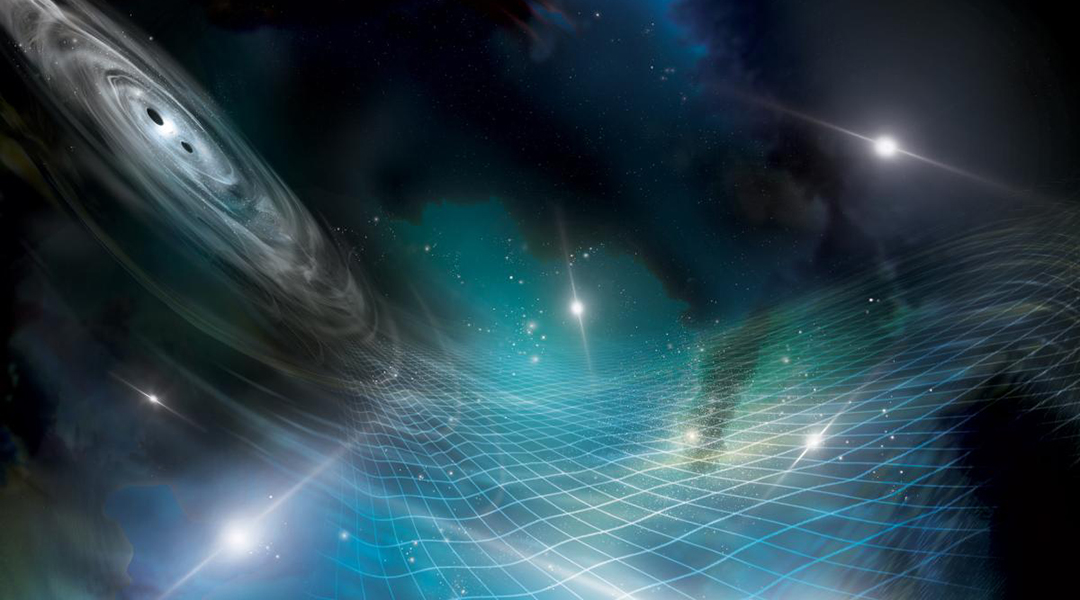

The universe is ringing with gravity, but humanity is only just beginning to hear the nuance of this cosmic symphony.

Using the galactic glow of dwarf galaxies, researchers investigate a hypothetical particle called an axion as a possible contender for dark matter.

A 15-year study using observed radio signals from the 67 pulsars has concluded that the entire cosmos is filled with undulating gravitational waves.
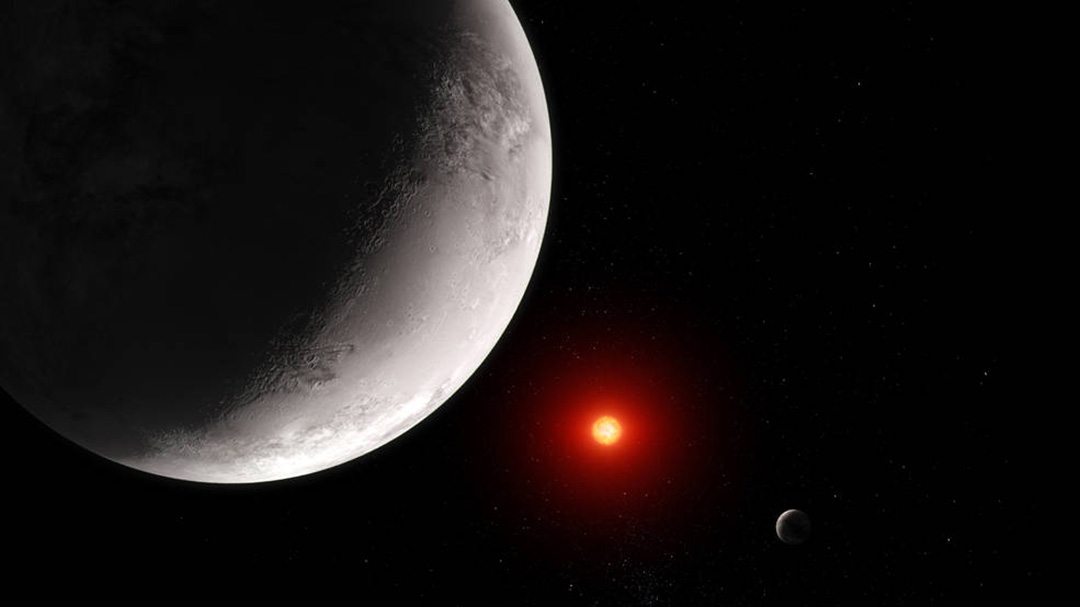
Recent investigations of this rocky exoplanet signify a significant milestone in planetary science and for the James Webb Space Telescope.
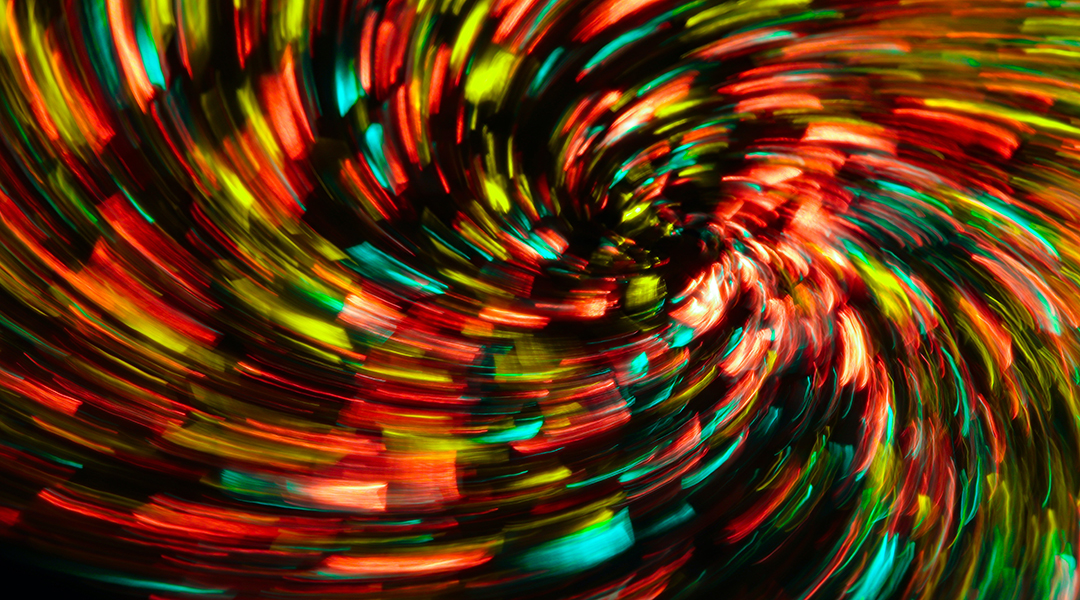
A new approach to understanding gravity helps eliminate some discrepancies inherent in general relativity.
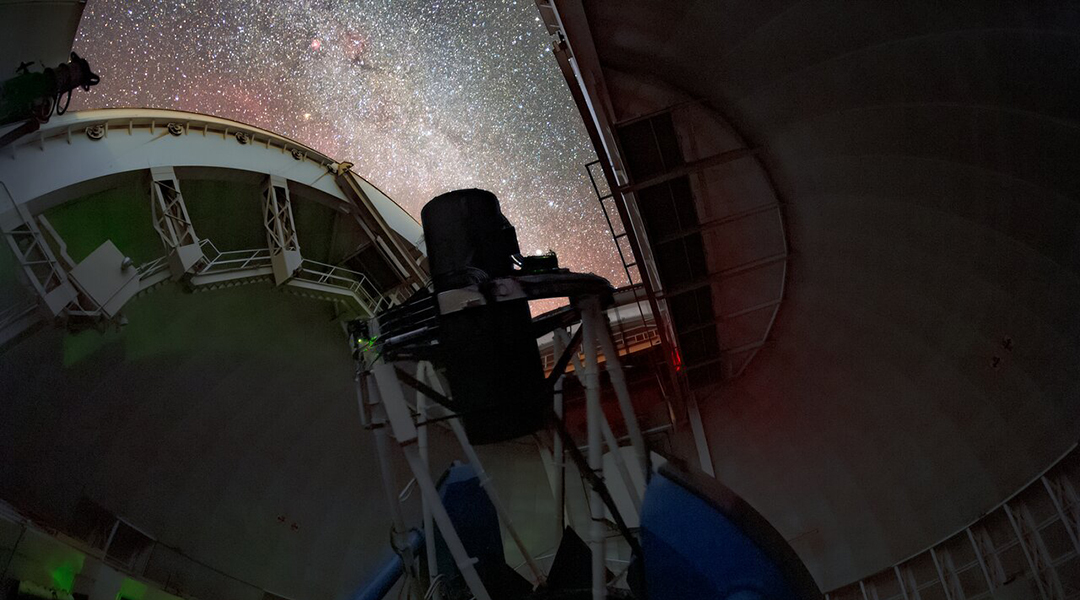
Galaxies, quasars, and stars… oh my! Dark Energy Spectroscopic Instrument (DESI) first data is a small fraction of the huge cosmic survey it will conduct.

Scientists are exploring how to store and transport ready-to-use bioink cartridges to treat injuries on the International Space Station.
Scientists propose a modified cosmological model that challenges the existence of dark matter and dark energy.

The composition of dark matter remains a mystery, but a new theory involving quantum tunneling may have eliminated some candidates.
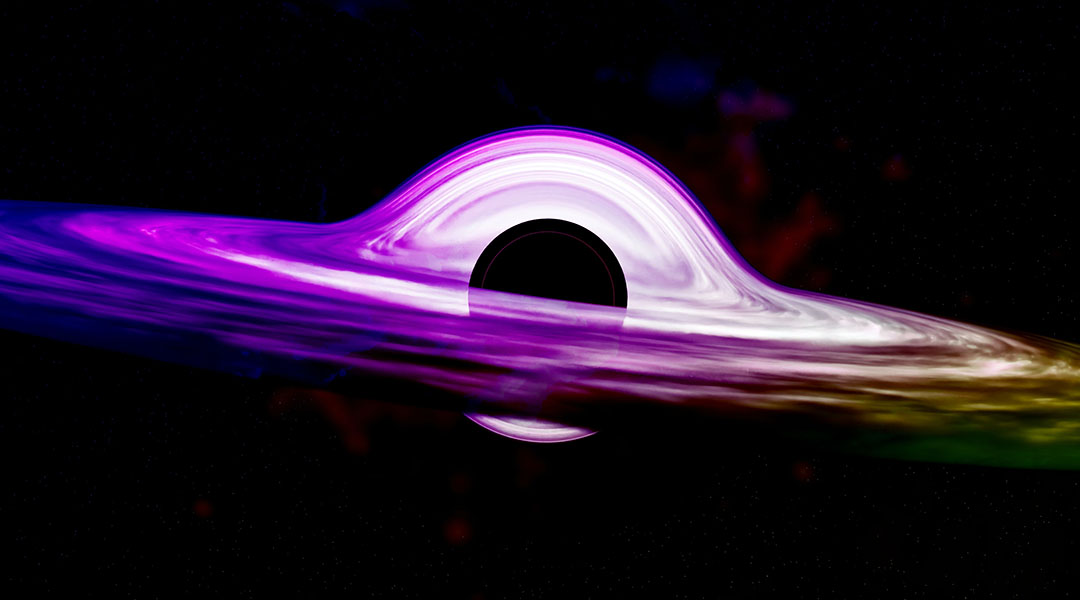
Dark matter could be aggregating around black holes, providing a possible means of indirectly measuring its properties.